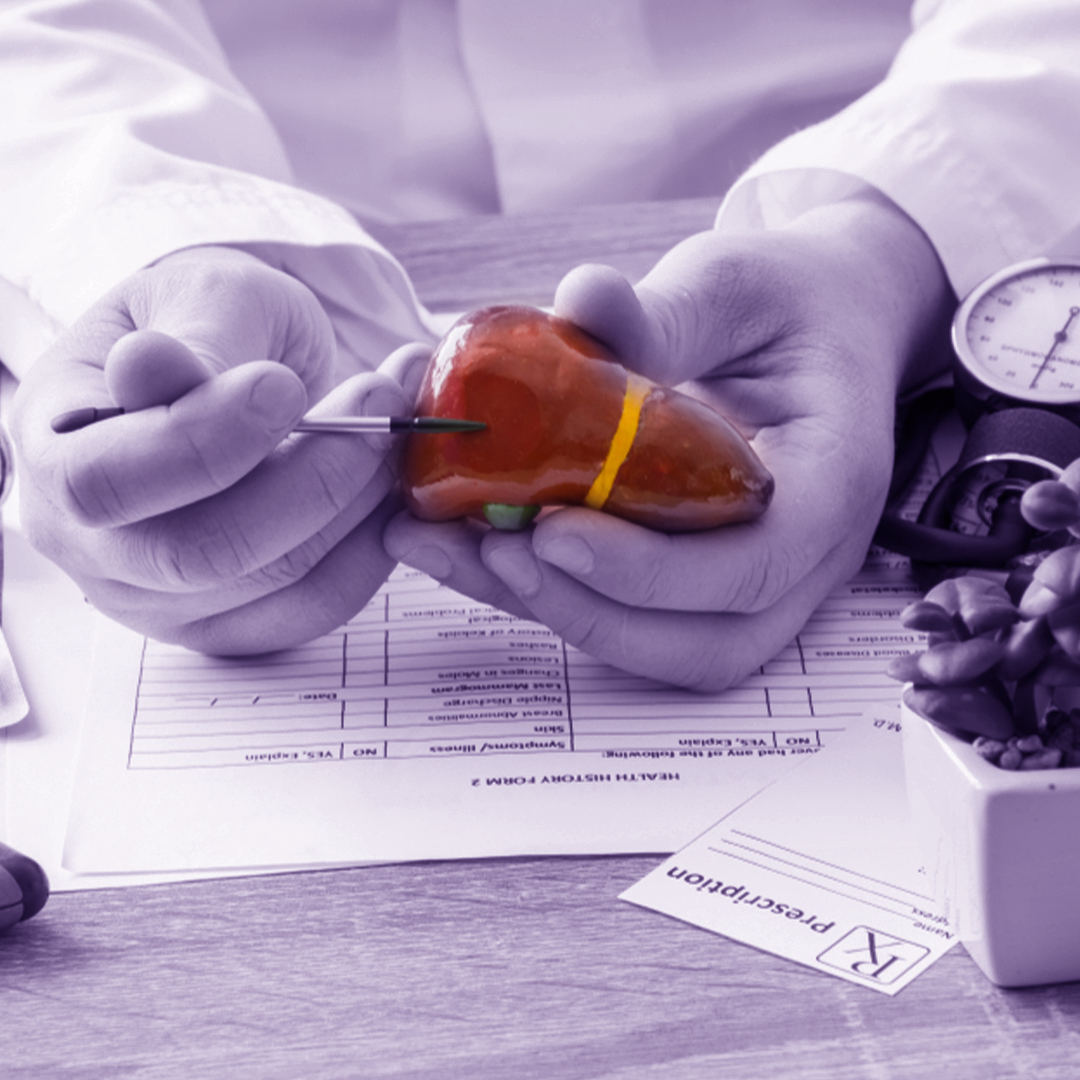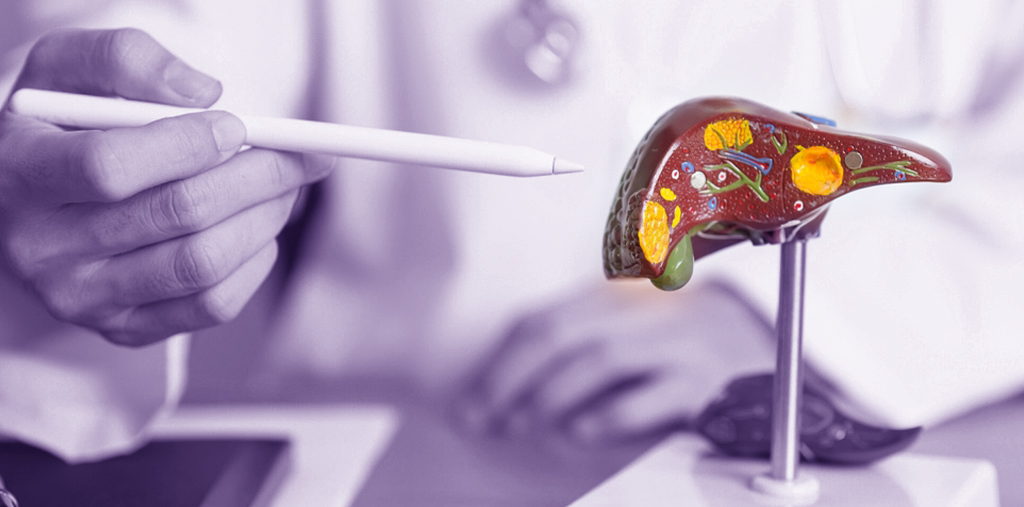Most Dangerous Liver Diseases
Most Dangerous Liver Diseases

What is the Liver and What is Its Function
The liver is one of the most important organs in the human body, located in the upper right part of the abdomen. It performs numerous vital functions, such as detoxifying the blood, producing bile needed to digest fats, and storing vitamins and minerals. The liver also helps regulate blood sugar levels and produces proteins essential for blood clotting, making it essential for overall body health.
Symptoms of Liver Diseases
Symptoms of liver diseases include several signs that may indicate liver dysfunction:
- General fatigue and weakness.
- Yellowing of the skin and the whites of the eyes, known as jaundice.
- Itchy skin without a clear cause.


- Abdominal pain and swelling, often on the right side.
- Loss of weight and appetite.
- Swelling in the legs and ankles due to fluid retention.
- Facial symptoms, such as yellowish skin and small blood vessels appearing on the skin surface.
Causes of Liver Diseases
Liver diseases have various causes, including:
- Viral infections: such as hepatitis B and hepatitis C.
- Alcohol consumption: Excessive alcohol intake can destroy liver cells.
- Obesity: Associated with increased fat in the liver, raising the risk of liver diseases.
- Medications and toxins: Certain medications and chemicals can harm the liver.
- Genetic disorders: Some genetic conditions can cause liver damage over time.
Most Dangerous Liver Diseases
The most dangerous types of liver diseases include:
- Chronic viral hepatitis: which can lead to liver cirrhosis or liver cancer.
- Liver cirrhosis: where liver tissue becomes scarred, impairing its function.
- Fatty liver: whether alcohol-related or non-alcoholic, which can worsen if it progresses to fatty liver inflammation.
- Liver cancer: one of the most severe liver diseases as it is often detected in late stages.
Diagnosis of Liver Diseases
- Physical examination: The doctor checks the liver area for pain or swelling.
- Blood tests: such as liver function tests to measure liver enzymes and proteins.
- Imaging tests: including ultrasound, MRI, or CT scans of the liver.
- Biopsy: where a small sample of liver tissue is taken for examination under a microscope, often to assess damage or detect cancer cells.
Risk Factors for Liver Diseases
Certain factors increase the risk of liver diseases, such as:
- Smoking and alcohol consumption.
- Obesity and high cholesterol levels.
- Hepatitis infections like hepatitis B and C.
- Exposure to toxins and chemicals.
- Genetic factors: Some individuals may inherit liver problems from their families.
Complications of Liver Diseases
Liver diseases can lead to several complications, including:
- Ascites: Fluid accumulation in the abdomen due to weakened liver function.
- Liver failure: where the liver stops performing its vital functions.
- Internal bleeding: due to impaired blood clotting.
- Portal hypertension: leading to issues in the blood vessels surrounding the liver.
Prevention of Liver Diseases
You can reduce the risk of liver diseases by adopting a healthy lifestyle:
- Avoiding alcohol consumption and maintaining a balanced diet.
- Maintaining a healthy weight through regular exercise.
- Getting vaccinated against hepatitis viruses, like hepatitis B.
- Avoiding sharing personal items to reduce infection risk.
- Using medications carefully and only under medical supervision.
Signs of a Healthy Liver
A healthy liver is characterized by several signs, including:
- Clear and radiant skin, as liver issues may show up on the skin and face.
- Good energy levels, as a healthy liver supports overall body vitality.
- No pain or swelling in the upper right part of the abdomen.
FAQ
How Do I Know if the Pain is from the Liver?
Pain from the liver may be indicated if it is concentrated in the upper right side of the abdomen, intensifies with touch or pressure, and is accompanied by other symptoms such as fever or swelling. If you suspect that the pain is related to the liver, it is recommended to consult a doctor for the necessary tests.
Does the Liver Heal Itself?
A healthy liver is characterized by several signs. Yes, the liver has the remarkable ability to regenerate and repair itself if it sustains minor damage. However, severe or repeated injuries, such as those caused by alcohol consumption or chronic viral infections, may impair its self-healing capacity.
Also Read:Treatment of Fatty Liver